#Maison Rébé
Explore tagged Tumblr posts
Text
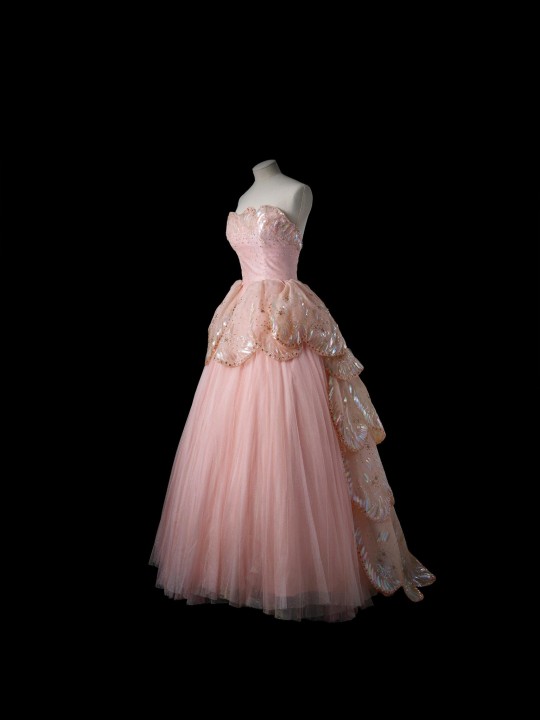
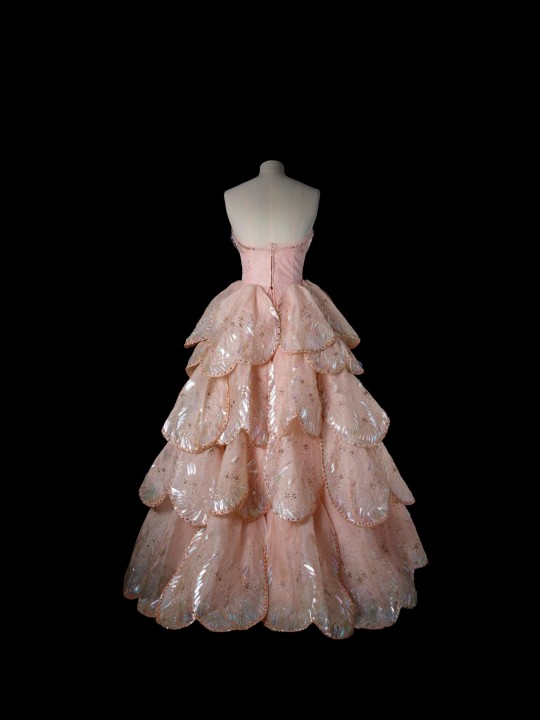
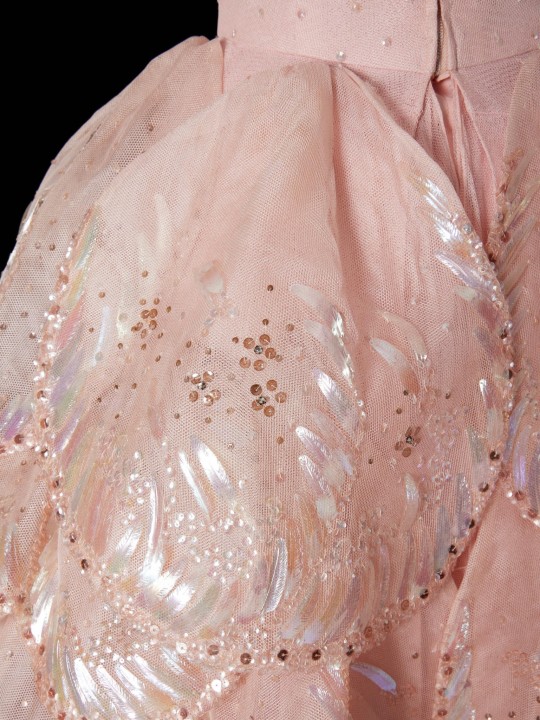
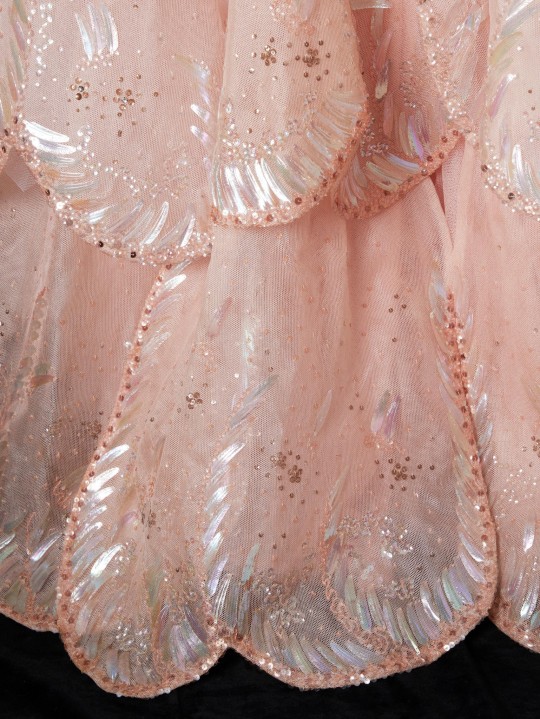
~ Vénus: Autumn/Winter, Milieu du siècle collection.
Designer/Maker: Christian Dior; embroidery by Maison Rébé; authorized copy made by Nanty Frocks, New York
Place of origin: Designed in Paris, produced in New York
Date: 1949-1950
Medium: Viscose (rayon) tulle with pearlised paillettes and sequins
#fashion history#history of fashion#dress#fashion#vintage fashion#vintage clothing#vintage#vintage dress#1950's#1950's dress#1950's fashion#autumn/winter#Milieu du siècle collection#christian dior#Maison Reb#Maison Rébé#1949#1950
3K notes
·
View notes
Photo
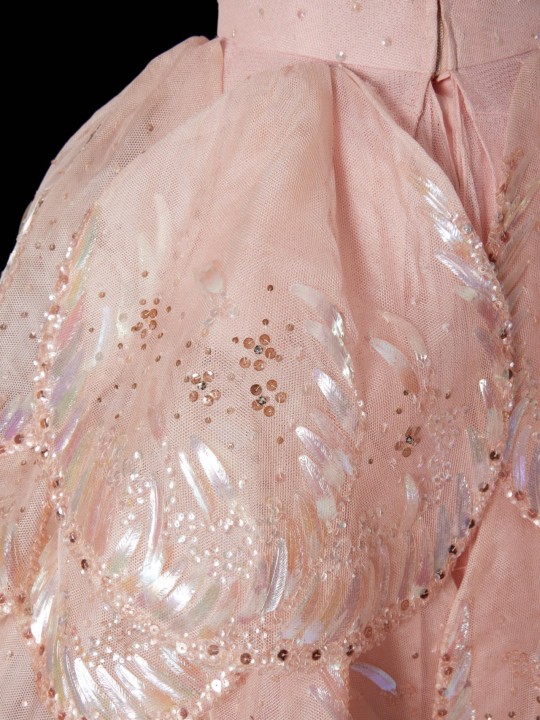
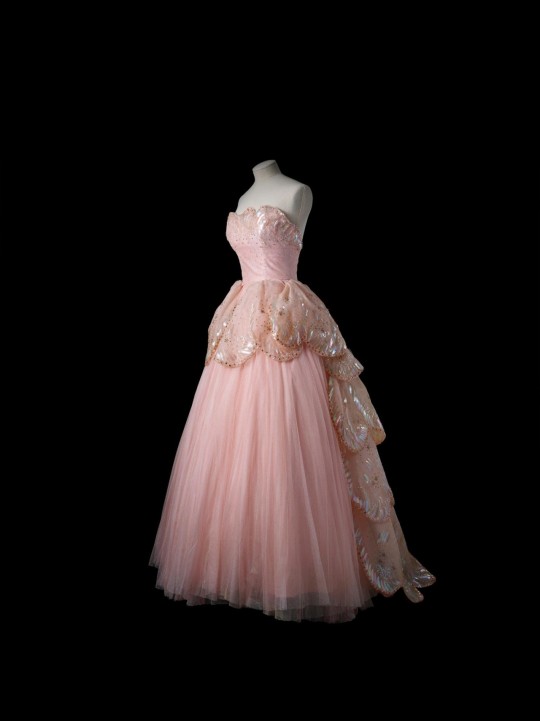

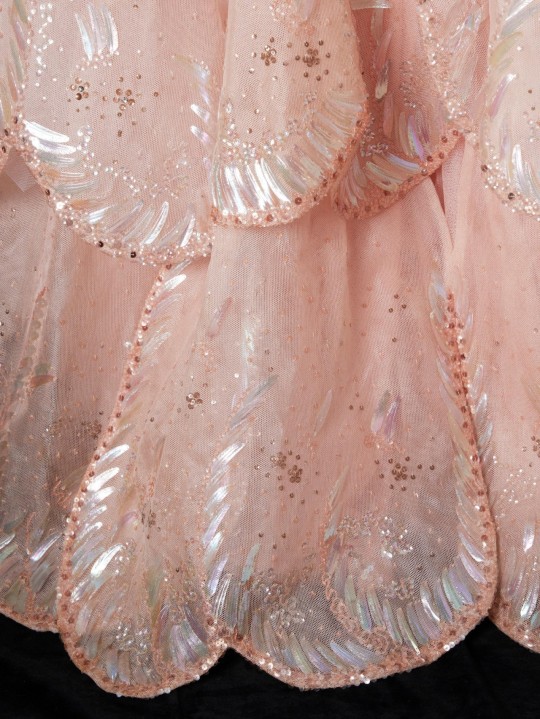
"Vénus" dress by Christian Dior in viscose tulle with pearlised paillettes and sequins embroidered by Maison Rébé, authorized copy made by Nanty Frocks New York, 1949-50.
183 notes
·
View notes
Text














Rébé Broderies Haute Couture
Nadia Albertini
Gorkuff Gradenigo, Montreuil 2021, 256 pages, 22,5x28,5cm, ISBN 978-2-3540-310-3
euro 80,00
email if you want to buy [email protected]
René Bégué (1887-1987), est à l’origine de Rébé, dont les broderies vont alimenter les créateurs dans le domaine de la haute couture pendant plus d’un demi siècle. René Bégué est un dessinateur de grand talent et un coloriste génial, animé par le goût du faste qui a appris son métier auprès de Poiret et Paquin. Andrée Pichard, que René rencontre au début des années 1920 et qui deviendra son associée et sa femme, a commencé sa carrière comme modiste et possède une excellente connaissance des tissus et a un don particulier pour un agencement et désinhibé des matières. Ensemble ils forment un duo exceptionnel qui va irriguer les plus grandes maisons de haute couture de créations éblouissantes. Rébé est une véritable pépite de la haute couture et du patrimoine textile français, encore inconnu du grand public mais dont le nom résonne comme un mythe chez les couturiers, plus de cinquante ans après la fermeture de l’atelier. En étudiant les croquis, échantillons, les photographies, les modèles conservés dans les archives privées et publiques, l’auteur, Nadia Albertini, retrace pour nous cette histoire fascinante. Pour cela, elle a puisé ses sources dans les magazines de mode de l’époque (Vogue, L’Officiel de la Mode, Harpers’ Bazaar, etc.), dans les archives laissées par Rébé au musée des Arts Décoratifs de Paris, au musée du Pays rabastinois, dans celles conservées par les maisons Balenciaga, Dior, Fath, Givenchy, Lanvin, Roger Vivier, Swarovski, Yves Saint Laurent… Nadia Albertini est historienne de la Mode. Elle-même brodeuse, elle collabore avec les plus grandes maisons de couture actuelles… Les recherches qu’elle a menées sur Rébé depuis presque vingt ans l’ont également conduite à rencontrer neuf des anciens collaborateurs du maître brodeur. Leurs témoignages nous plongent dans l’ambiance des ateliers des métiers d’art de l’époque et nous éclairent sur les méthodes et techniques uniques en usage alors.
19/09/24
#Rebé#RenéBégué#NadiaAlbertini#broderies Haute Couture#Balenciaga#Dior#Givenchy#Lanvin#YSL#Fath#fashion books#fashionbooksmilano
0 notes
Photo

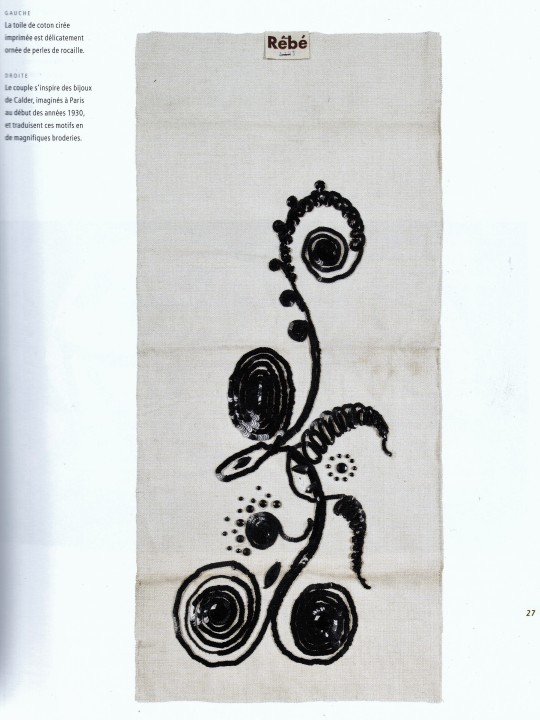
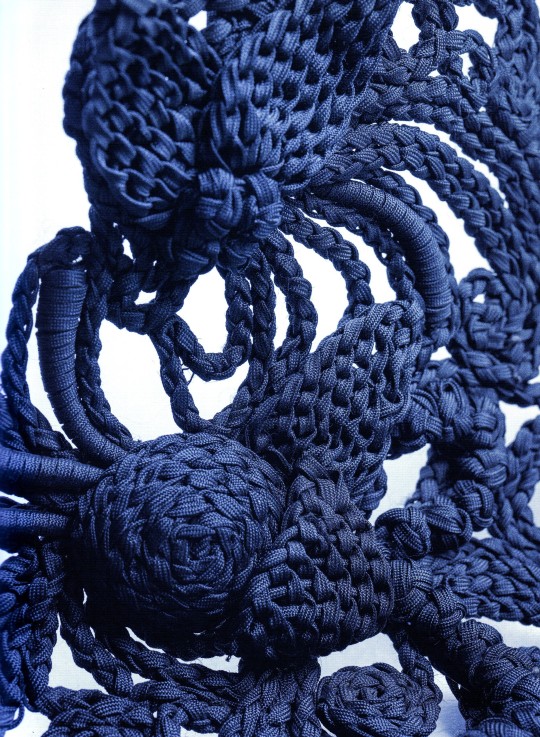


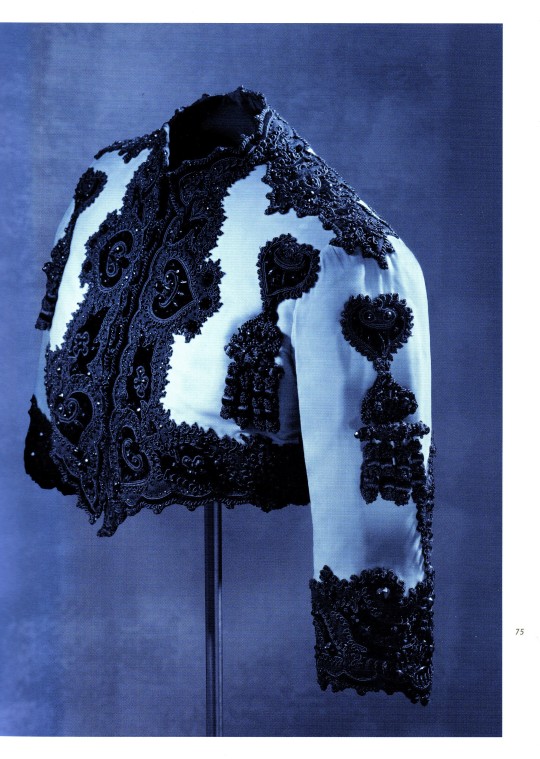
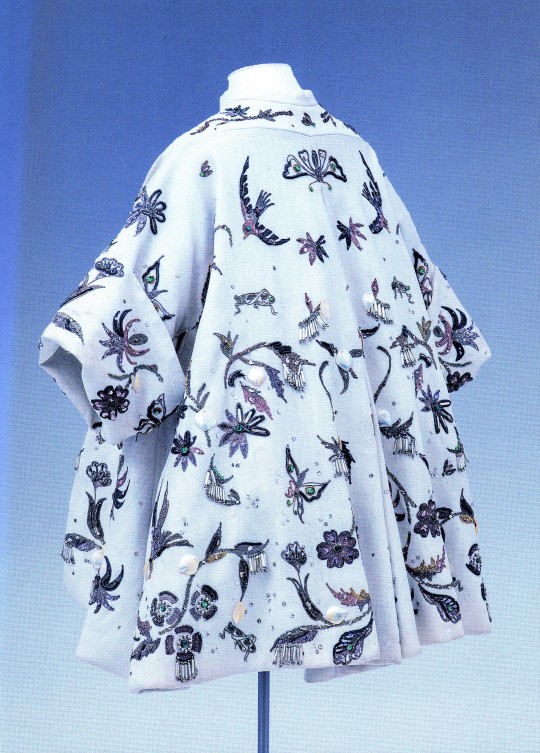
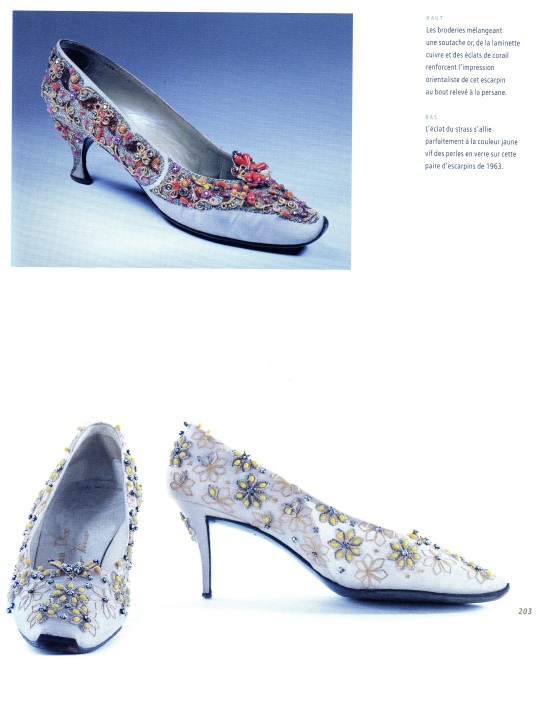
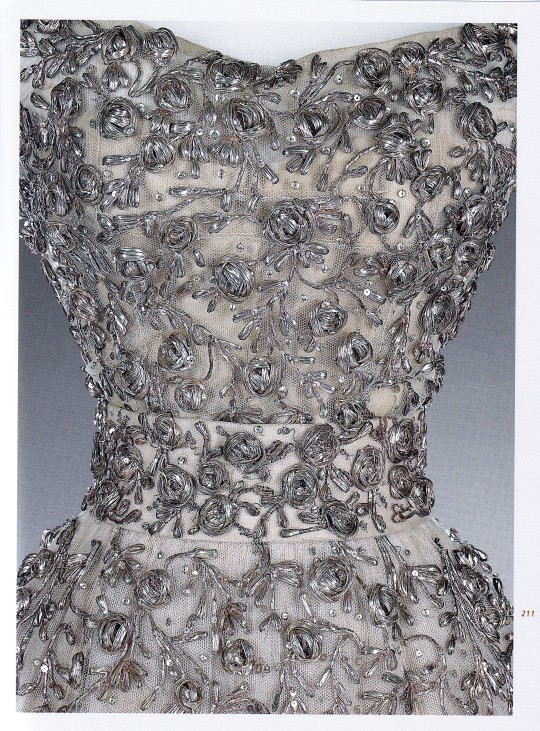

Rébé
Broderies Haute Couture
Nadia Albertini
Gourcuff Gradenigo, Montreuil 2021, 256 pages, 29x23 cm., environ 300 illustrations, ISBN 9782353403103
euro 89,00 *
email if you want to buy [email protected]
René Bégué (1887-1987), est à l'origine de Rébé, dont les broderies vont alimenter les créateurs dans le domaine de la haute couture pendant plus d'un demi siècle. René Bégué est un dessinateur de grand talent et un coloriste génial, animé par le goût du faste qui a appris son métier auprès de Poiret et Paquin. Andrée Pichard, que René rencontre au début des années 1920 et qui deviendra son associée et sa femme, a commencé sa carrière comme modiste et possède une excellente connaissance des tissus et a un don particulier pour un agencement et désinhibé des matières. Ensemble ils forment un duo exceptionnel qui va irriguer les plus grandes maisons de haute couture de créations éblouissantes. Rébé est une véritable pépite de la haute couture et du patrimoine textile français, encore inconnu du grand public mais dont le nom résonne comme un mythe chez les couturiers, plus de cinquante ans après la fermeture de l'atelier. En étudiant les croquis, échantillons, les photographies, les modèles conservés dans les archives privées et publiques, l'auteur, Nadia Albertini, retrace pour nous cette histoire fascinante. Pour cela, elle a puisé ses sources dans les magazines de mode de l'époque (Vogue, L'Officiel de la Mode, Harpers' Bazaar, etc.), dans les archives laissées par Rébé au musée des Arts Décoratifs de Paris, au musée du Pays rabastinois, dans celles conservées par les maisons Balenciaga, Dior, Fath, Givenchy, Lanvin, Roger Vivier, Swarovski, Yves Saint Laurent... Nadia Albertini est historienne de la Mode. Elle-même brodeuse, elle collabore avec les plus grandes maisons de couture actuelles... Les recherches qu'elle a menées sur Rébé depuis presque vingt ans l'ont également conduite à rencontrer neuf des anciens collaborateurs du maître brodeur. Leurs témoignages nous plongent dans l'ambiance des ateliers des métiers d'art de l'époque et nous éclairent sur les méthodes et techniques uniques en usage alors.
30/10/21
orders to: [email protected]
ordini a: [email protected]
twitter: @fashionbooksmi
instagram: fashionbooksmilano, designbooksmilano tumblr: fashionbooksmilano, designbooksmilano
#Rébé#René Bégué#broderies#ricami#haute couture#Balenciaga#Dior#Fath#Givenchy#Lanvin Roger Vivier#YSL#embroideries.#fashion books#fashionbooksmilano
25 notes
·
View notes
Photo
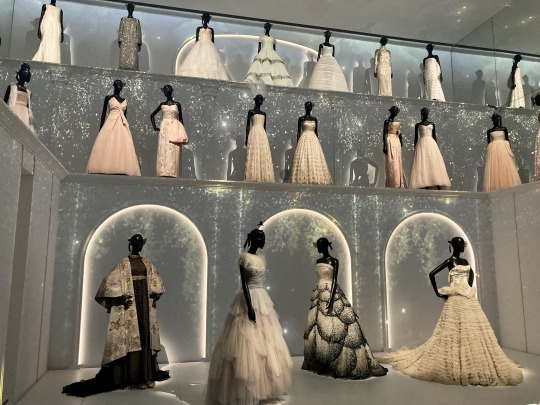

Mur de robes dont la robe "New Junon" de Maria Grazia Chiuri pour Dior en tulle plissé par la Maison Lognon (2017), robe "Junon" de Christian Dior en tulle brodé par la Maison Rébé (1949) et robe du soir "Soirée à Bangkok" de Marc Bohan pour Dior en tulle brodé par la Maison Rébé (1962) à La Galerie Dior - nouveau musée Christian Dior ouvert dans les anciens locaux de la Maison Dior Avenue Montaigne à Paris - mars 2022.
19 notes
·
View notes
Photo
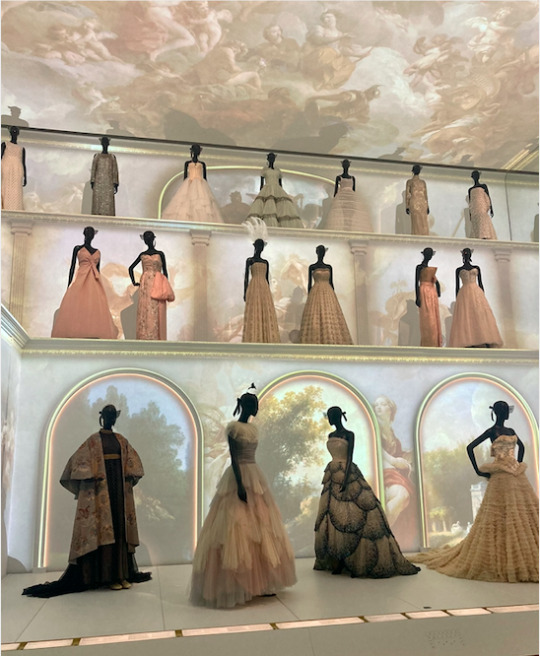

Mur de robes dont la robe "New Junon" de Maria Grazia Chiuri pour Dior en tulle plissé par la Maison Lognon (2017), robe "Junon" de Christian Dior en tulle brodé par la Maison Rébé (1949) et robe du soir "Soirée à Bangkok" de Marc Bohan pour Dior en tulle brodé par la Maison Rébé (1962) à La Galerie Dior - nouveau musée Christian Dior ouvert dans les anciens locaux de la Maison Dior Avenue Montaigne à Paris - mars 2022.
10 notes
·
View notes
Photo

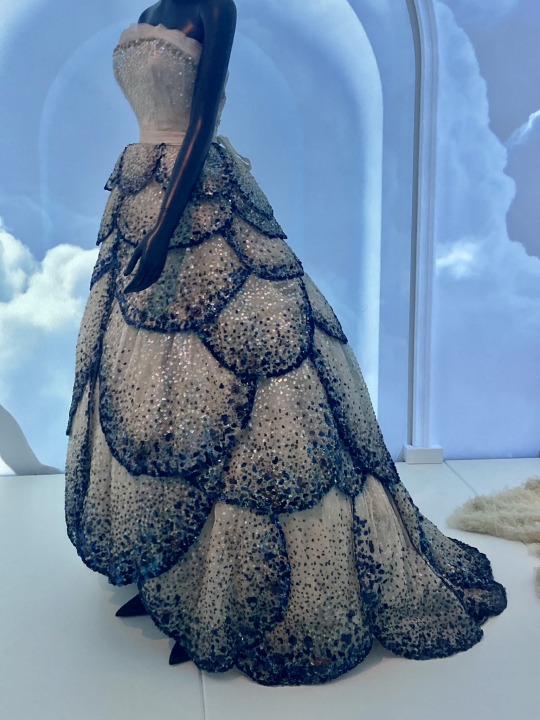

Mur de robes dont la robe "New Junon" de Maria Grazia Chiuri pour Dior en tulle plissé par la Maison Lognon (2017), robe "Junon" de Christian Dior en tulle brodé par la Maison Rébé (1949) et robe du soir "Soirée à Bangkok" de Marc Bohan pour Dior en tulle brodé par la Maison Rébé (1962) à La Galerie Dior - nouveau musée Christian Dior ouvert dans les anciens locaux de la Maison Dior Avenue Montaigne à Paris - mars 2022.
8 notes
·
View notes
Photo
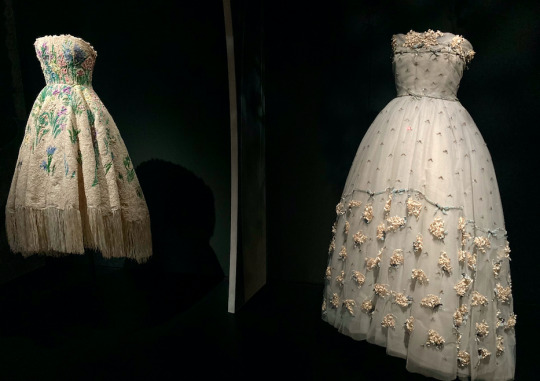

Robe de cocktail frangée écrue "Essence d'Herbier" de Maria Grazia Chiuri pour Dior brodée par la Maison Safrane (2017) et robe du soir "Rêve Bleu" d'Yves Saint Laurent pour Dior en tulle brodé de fleurs d'oranger, noeuds et paillettes par la Maison Rébé (1958) à La Galerie Dior - nouveau musée Christian Dior ouvert dans les anciens locaux de la Maison Dior Avenue Montaigne à Paris - mars 2022.
5 notes
·
View notes